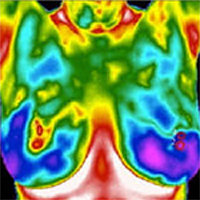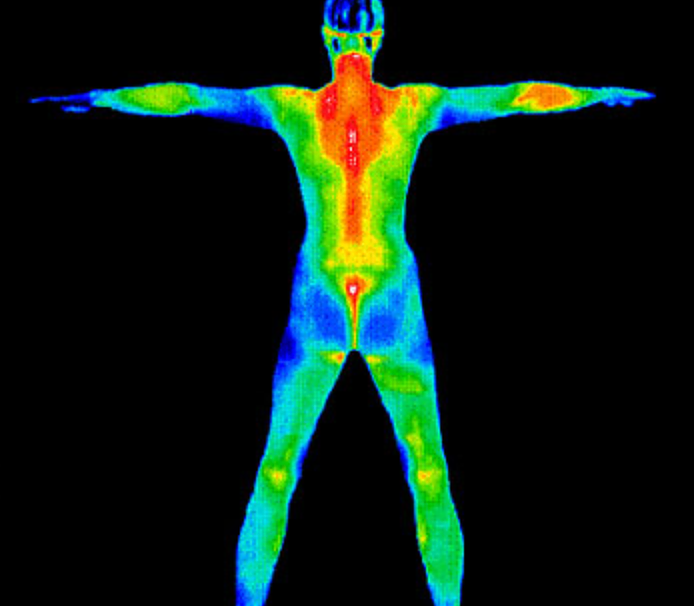What if you could get a breast exam without exposing your body to radiation? There is a test out there that has been approved and used for breast cancer detection since 1956, but until now it hasn't been offered daily in Austin.
It uses a tiny camera and is called thermography.
“Thermography is a radiation free, no contact, FDA-approved screening method for breast cancer,” said Gabrielle Shannan, owner of Austin Thermography and a certified technician. “It uses an infrared camera to pick up on the heat coming off of the body.”
Instead of using radiation like an x-ray, the camera creates a heat map of sorts.

Here's why that's important: Breast cancers and other anomalies require additional blood flow in order to grow. So the infrared camera picks up that heat and signals a possible problem. This study found both thermography and mammography can detect breast cancers.
“It can do that eight to 10 years before a mammogram will pick up on a tumor,” Shannan said. “And while I would never advocate not getting a mammogram, this is something women can do. It's not uncomfortable. There's no physical contact whatsoever.”
In 2011, the FDA issued an alert warning the public about misleading claims by thermography practitioners and manufacturers on the screening benefits of the tool. The organization said thermography should not be used in place of mammography.
Thirty-nine-year-old Stephanie Hughes' brother was recently diagnosed with kidney cancer. So she decided to do the torso scan, which covers the reproductive organs, the chest and the thyroid.
“I decided to do this because I'm not at the age yet that doctors recommend mammograms,” Hughes said.
The exams are performed in a private room. The patient goes behind a curtain and the technician operates the camera on the other side. There's no physical contact.
“About two weeks later I go over it with the technician she gives me the report. We go over it together. I see the images. I see the infrared images and the gray scale. I can take those then and take them to my doctor or chiropractor to have them address any issue that might come up,” Hughes said.
She didn't have any major issues, but did learn of a few items that a chiropractor might be able help.
“I would not have known,” she said. “Definitely worth it.”
“It's not diagnostic to the point we can look at an image and say, "This is breast cancer.' And that's the same with mammography. It can just point out things that are suspicious that need further correlation in a clinical setting,” Shannan said.
The cameras look for hot spots and for symmetry. Does the temperature of your body look similar on both sides? If not, it may signal a problem.
And this is not just for breast health.
These scans can look at your thyroid, your stomach and your head.
Shannan said one patient found a possible blockage after the scan.
“They measured the two areas of the super orbital artery, which is connected to the carotid, and one was significantly cooler than the other side. So that raised a question of, 'Is there a blockage?' That is something they should go look at with a cardiologist,” she said.

It's another tool to possibly help in the fight against cancer.
Thermography is not typically covered by insurance, however you usually can pay using your HSA card. The cost is anywhere from $150 to $500 depending on the extent of the screening.
Breast cancer specialists said you should talk to your doctor about when to start screenings and what screenings are right for you. There are several different options now including 3D mammograms, which tend to detect breast cancer much earlier.

